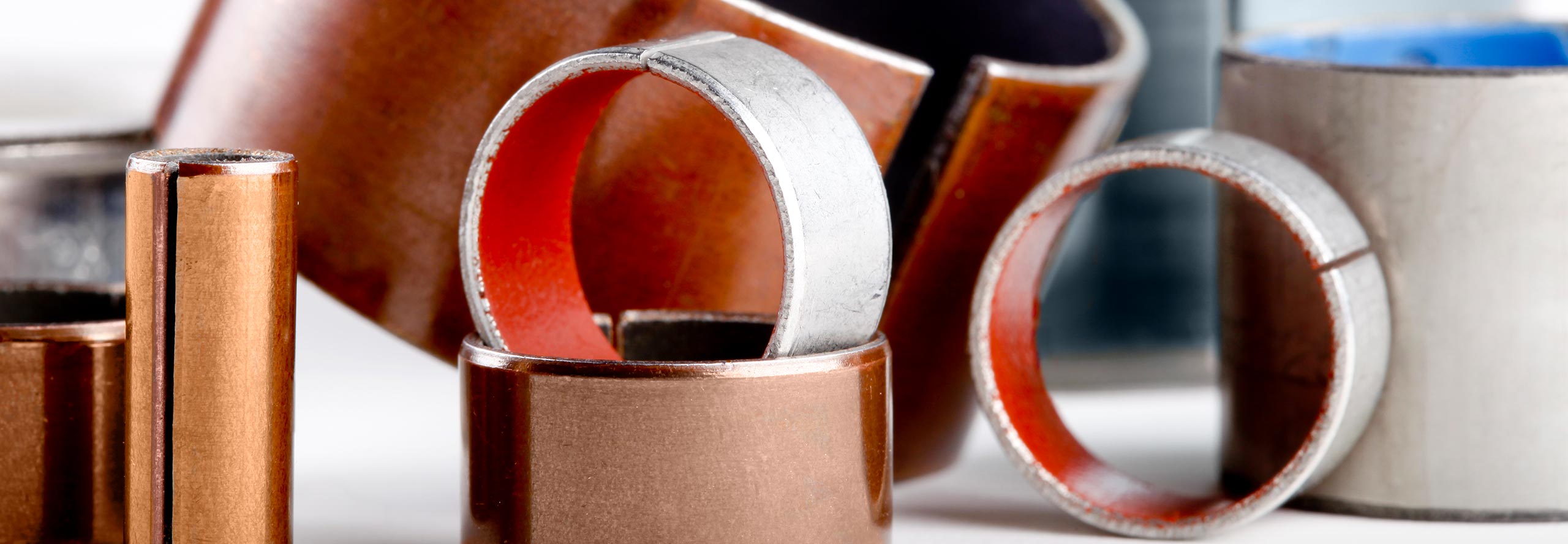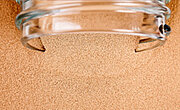Rogal Tin Bronze GS
Alloying and atomization of copper and tin in air produces irregularly shaped bronze powder. Deoxidizing components (e.g. phosphorus) can be added to produce powders with light gloss, e.g. those needed in filter materials.
A standard alloy contains approx. 90% copper and 10% tin. Special alloys and the respective particle size distribution are part of the individual specifications and are ensured through effective process and quality control.
Applications:
| Product Name | Copper content [%] | Tin content [%] | Zinc content [%] | Sieve analysis [%] | Apparent density [g/cm³] | Fluidity | Application |
|---|---|---|---|---|---|---|---|
| Rogal Zinnbronze GS 0/32 | approx. 88 % | approx. 10 % | approx. 2 | > 32µm: max.5 | approx. 3 g/cm³ | not flowable | |
| Rogal Zinnbronze GS 0/63 | approx. 88 % | approx. 10 % | approx. 2 | > 63 µm: max. 5 | approx. 3 g/cm³ | not flowable | |
| Rogal Zinnbronze GS 0/32-01 | approx. 85 | approx. 11 % | approx. 4 | > 32µm: max.5 | approx. 5 g/cm³ | not flowable |


